Every great comic book has a dark hour moment – a point in the tale where all seems lost. The superheroes are on their knees, the city’s in ruins and the villains closing in for a kill. Surprisingly for Marvel, the darkest hour came in the winter of 1996.
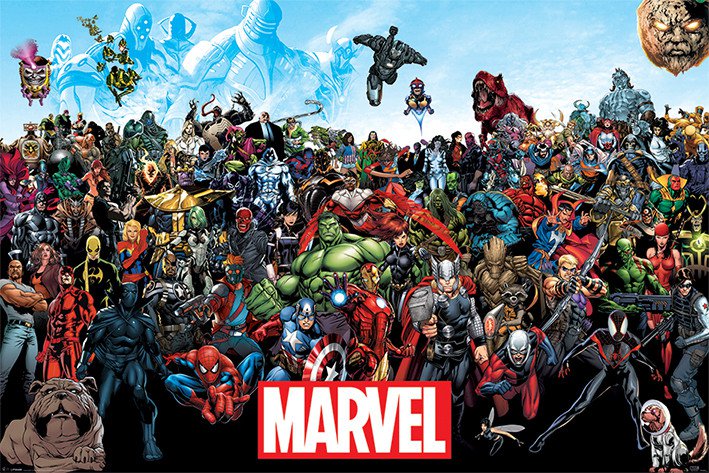
A company that had grown throughout the 60s, 70s, and 80s, thanks to their amazing storytelling in comics such as Fantastic Four and The Amazing Spider-Man, Marvel’s financial success had reached its peak by the early 90s.
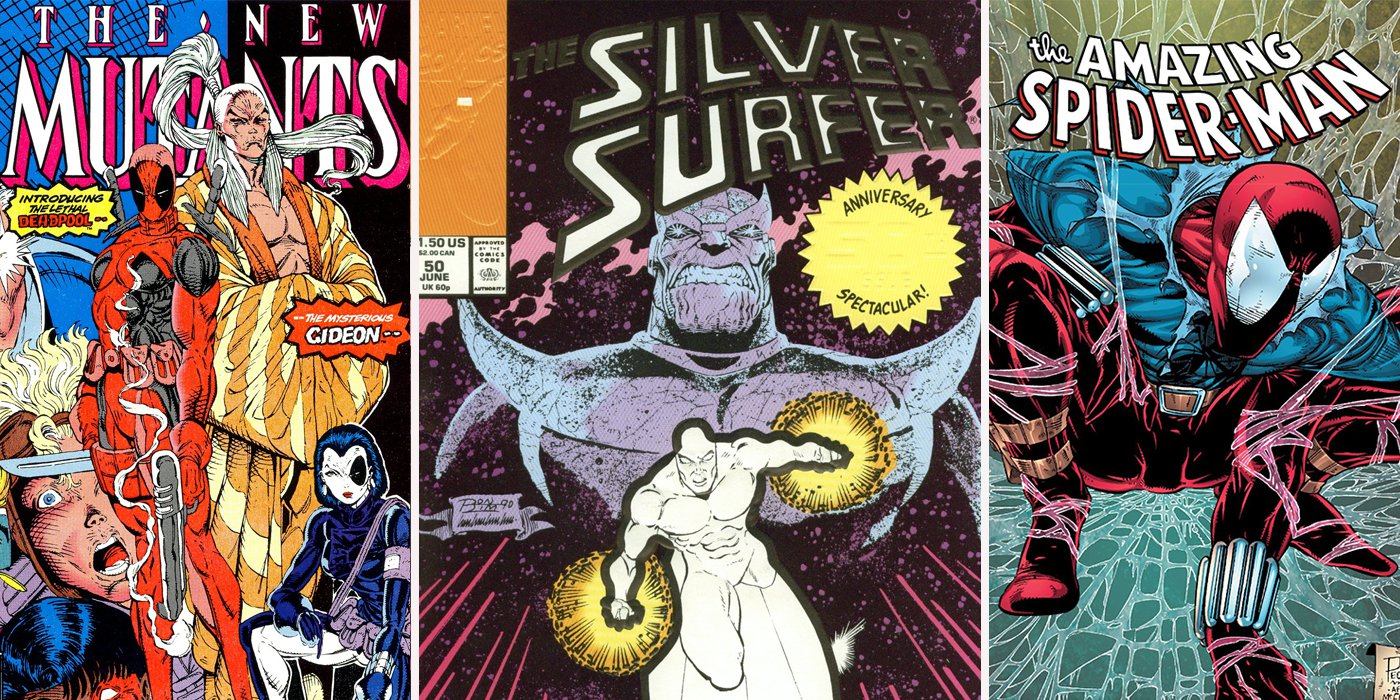
But then, a series of bursting financial bubbles and questionable deals saw Marvel’s stock collapse.
An ugly fight between a group of rich investors ensued and for a while, the company’s future seemed uncertain.
Yet somehow, Marvel fought through the corporate intrigue which dogged the company in late 1996 and emerged from the rubble almost a decade later as a film industry behemoth.
In 1993, while MARVEL and the comics industry seemed to be in rude health, Sandman writer Neil Gaiman stood before about 3,000 retailers and gave a speech which few in attendance wanted to hear.
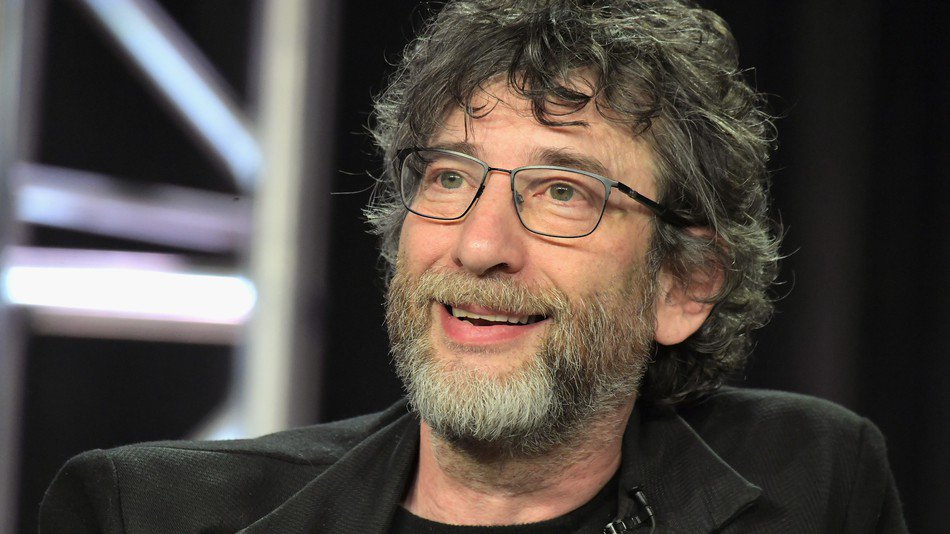
In it, he argued that the success of the comic book market was a bubble – one brought on by encouraging collectors to buy multiple editions and hoard them up in the hopes that they’ll one day be worth a fortune. The bubble which Gaiman described had begun several years earlier, when comic books, once considered disposable pulp by parents, were becoming prized items by collectors who’d grown up with their favourite superheroes as kids.
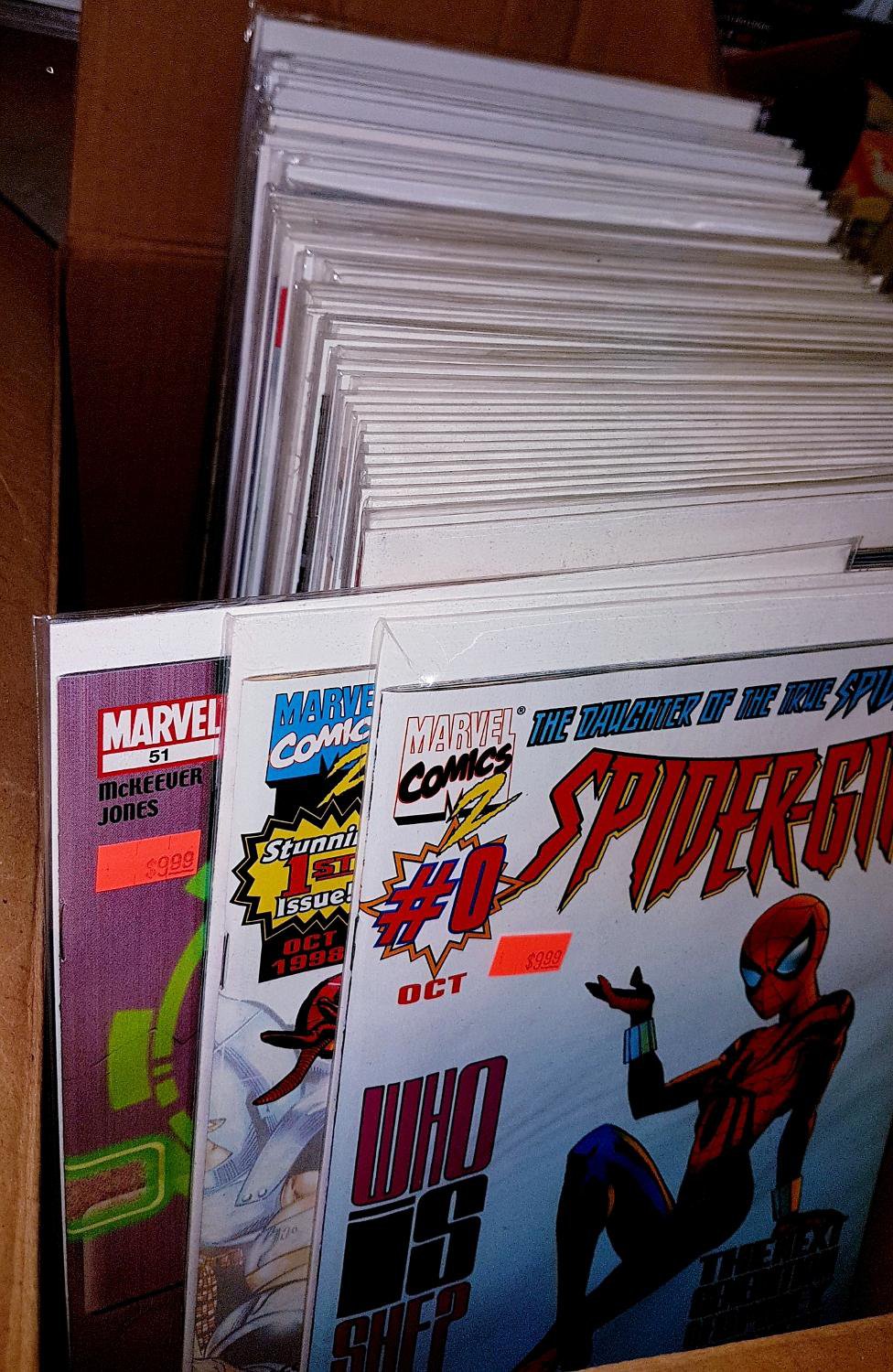
While the comics were flying off the shelves, MARVEL attracted the interest of the millionaire Ron Perelman.
Eventually, he bought the Marvel Entertainment Group for $82.5 million in early 1989.
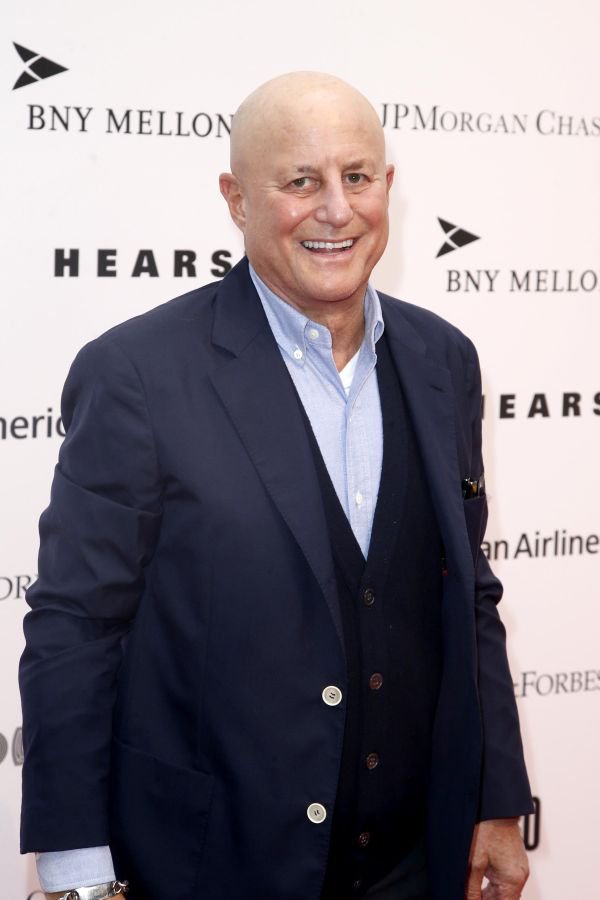
Within 2 years, MARVEL was back on the stock market and Perelman embarked on a shopping spree.
He bought shares in a company called ToyBiz, bought a couple of trading card companies, and Heroes World. The acquisition cost MARVEL a staggering $700 million.
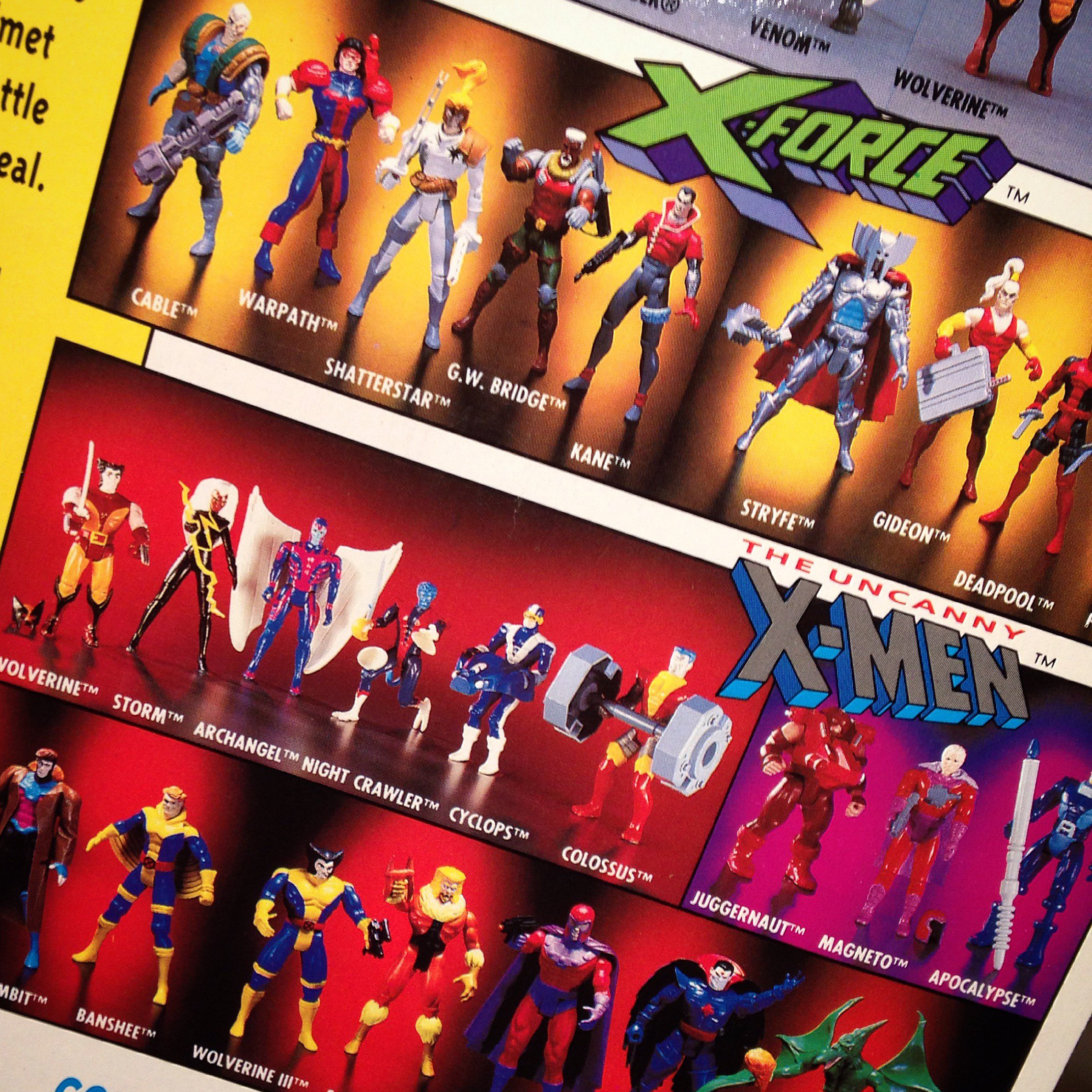
Through the early 90s, MARVEL was buoyed by the success of Spider-Man and X-Men, which generated the comic giant huge numbers.
The sales of a new comic, X-Force, was similarly huge thanks to a clever marketing gimmick. The first issue came in a poly bag with one of five different trading cards inside it. If collectors wanted to get hold of all five cards, they had to buy multiple copies of the same comic. With the boom in full swing, that’s exactly what collectors did.
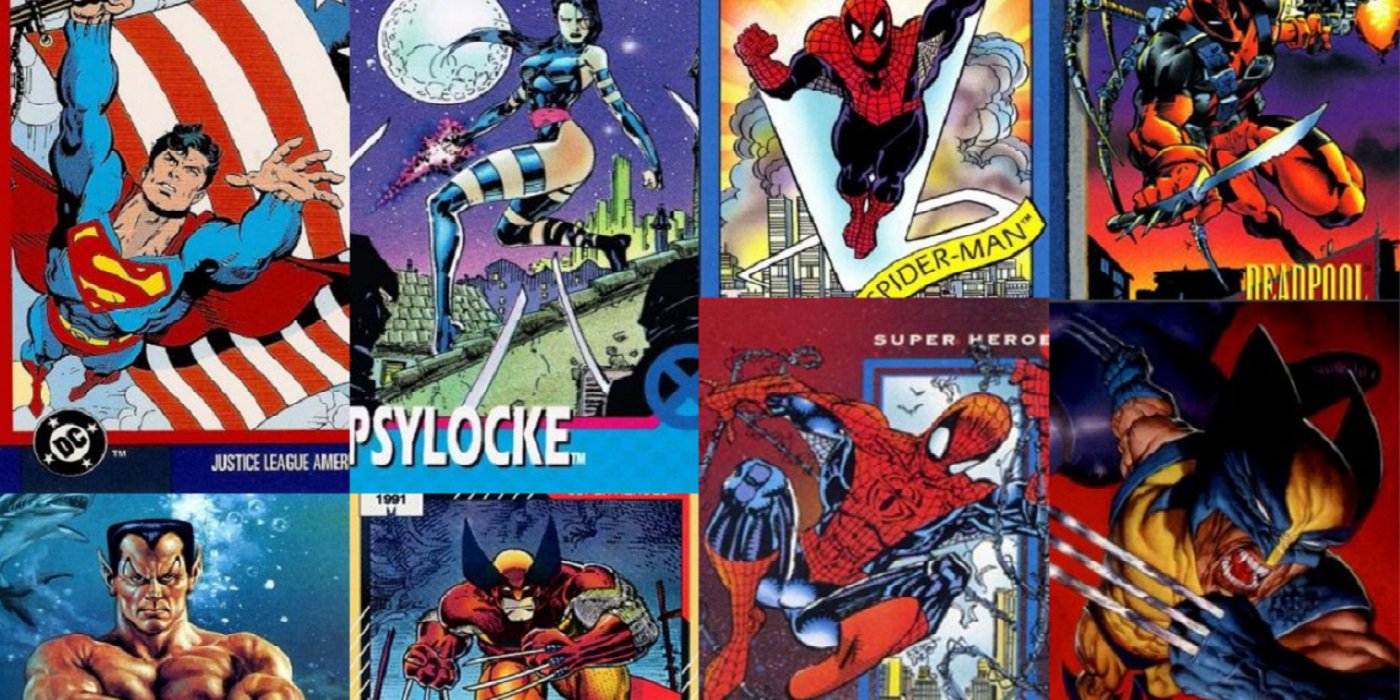
Then just as Gaiman predicted, the bubble burst. Between 1993 and 1996, revenues from the comics and trading cards began to collapse.
Suddenly, Marvel, which at one point seemed invincible as it grew in size, looked vulnerable. As the prices of the comics grew on Perelman’s decision, hundreds of comic book retailers went out of business as sales tumbled by 70%. Suddenly, the boom had turned into a bust.
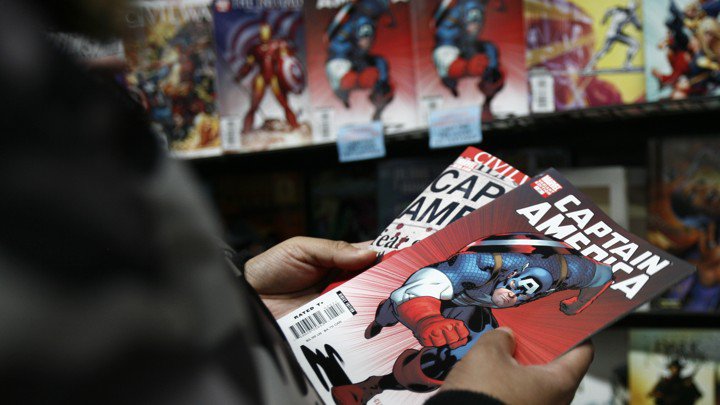
By 1995, MARVEL was heavily in debt.
In the face of mounting losses, Perelman set out on a venture which he hoped would get the company’s most famous characters on the big screen. To do this, he planned to buy the remaining shares in ToyBiz and merge it with Marvel, to create a single and stronger entity.
Marvel’s shareholders resisted, arguing that the financial damage to Marvel’s share prices would be too great.
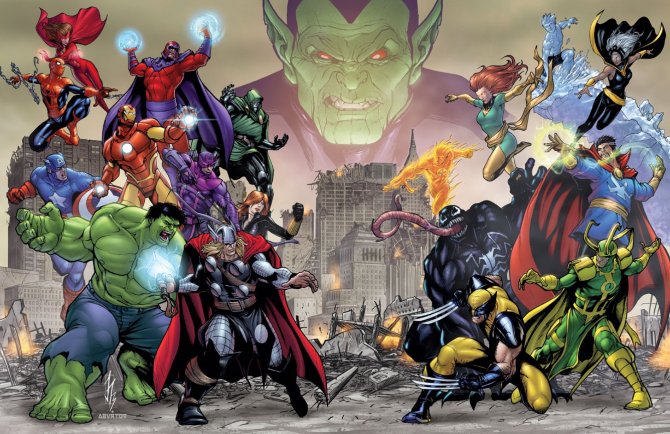
Perelman’s response to this was to file for bankruptcy, which gave him the power to reorganise MARVEL without the shareholders’ consent.
A battle for power soon ensued and finally ended in December 1998. After a lengthy court case, ToyBiz and Marvel Entertainment Group were finally merged, but Perelman was ousted in the process.
With him gone, they installed 55-year-old Joseph Calamari as its new CEO.
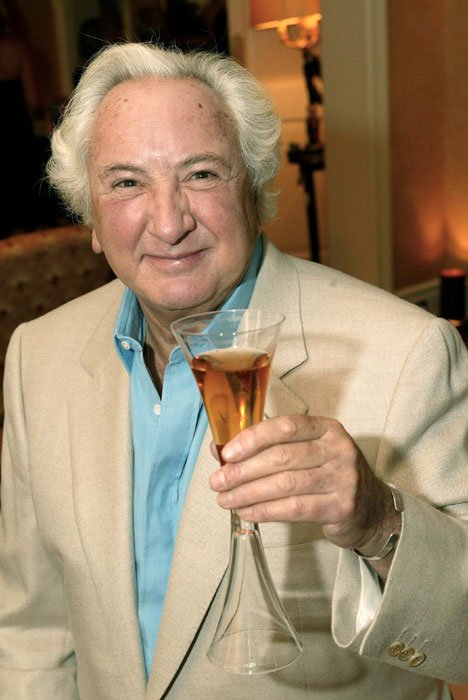
With the financial intrigue in the boardroom settling down, Marvel began to turn its attention to the movie business.
A gruff presence in the toy industry, Avi Arad bought a 46% share in the company. While he initially oversaw the production of Marvel action figures at ToyBiz, he quickly replaced the legendary Stan Lee as the head of Marvel films.
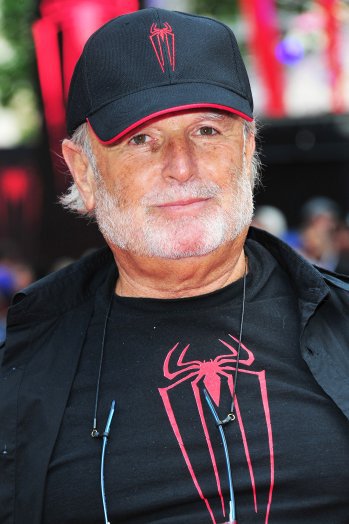
Arad served as executive producer on the hit animated TV series X-Men, and by 1993, had brokered a deal with 20th Century Fox to make an X-Men movie.
This meant that they had to sell off the rights to a number of their characters.
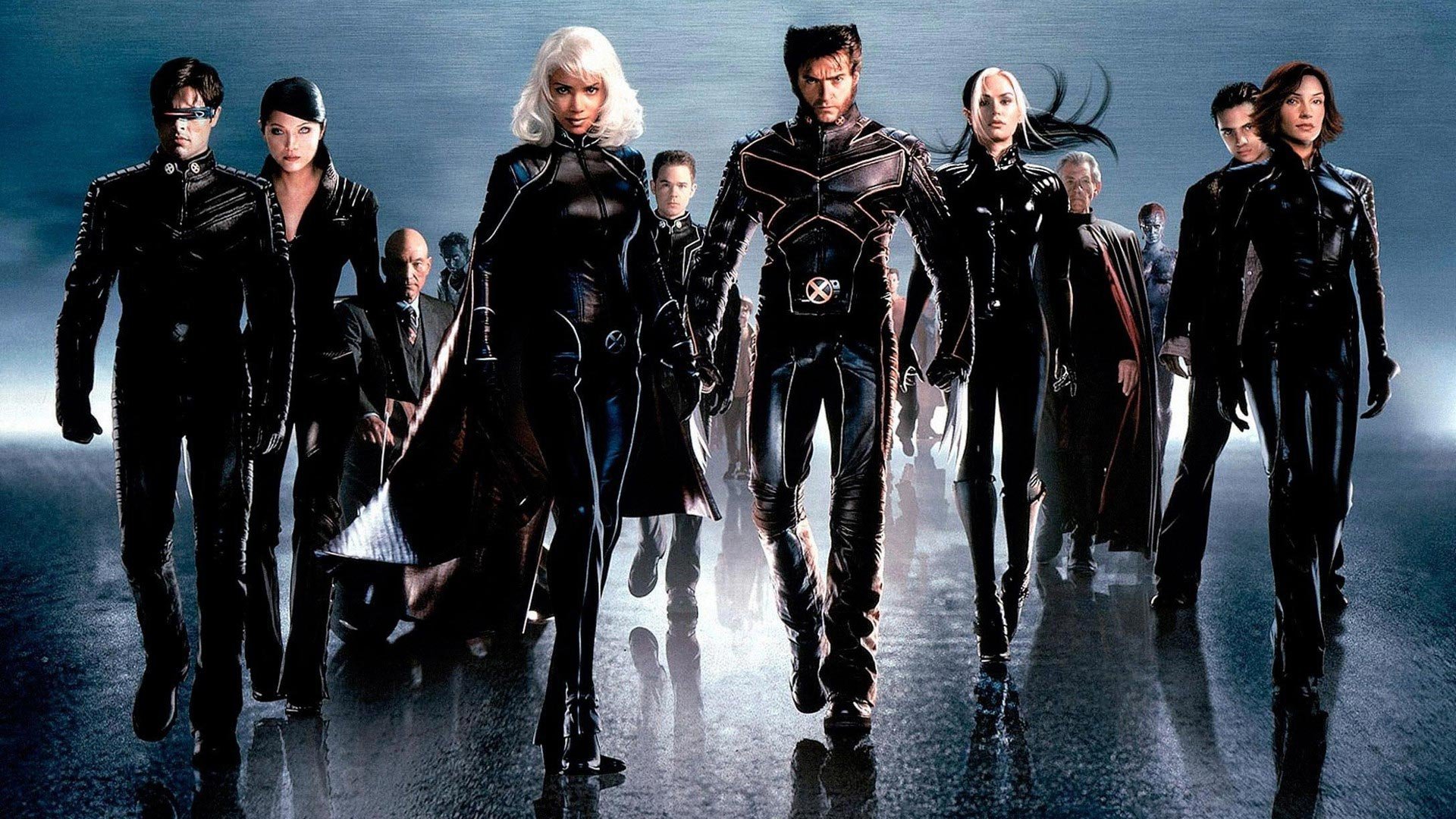
Marvel’s financial woes surfaced again when Arad struggled to convince Hollywood executives of the company’s cinematic value.
But things began to finally change in the late 90s when Marvel started to find its feet again with the release of Blade. The profits for Marvel, however, were slim. Blade made $70 million at the box office, but only $25,000 could be weaselled out as profits. Even the X-Men and Spider-Man movies were huge at the box office, but Marvel only saw a small percentage of the profits.
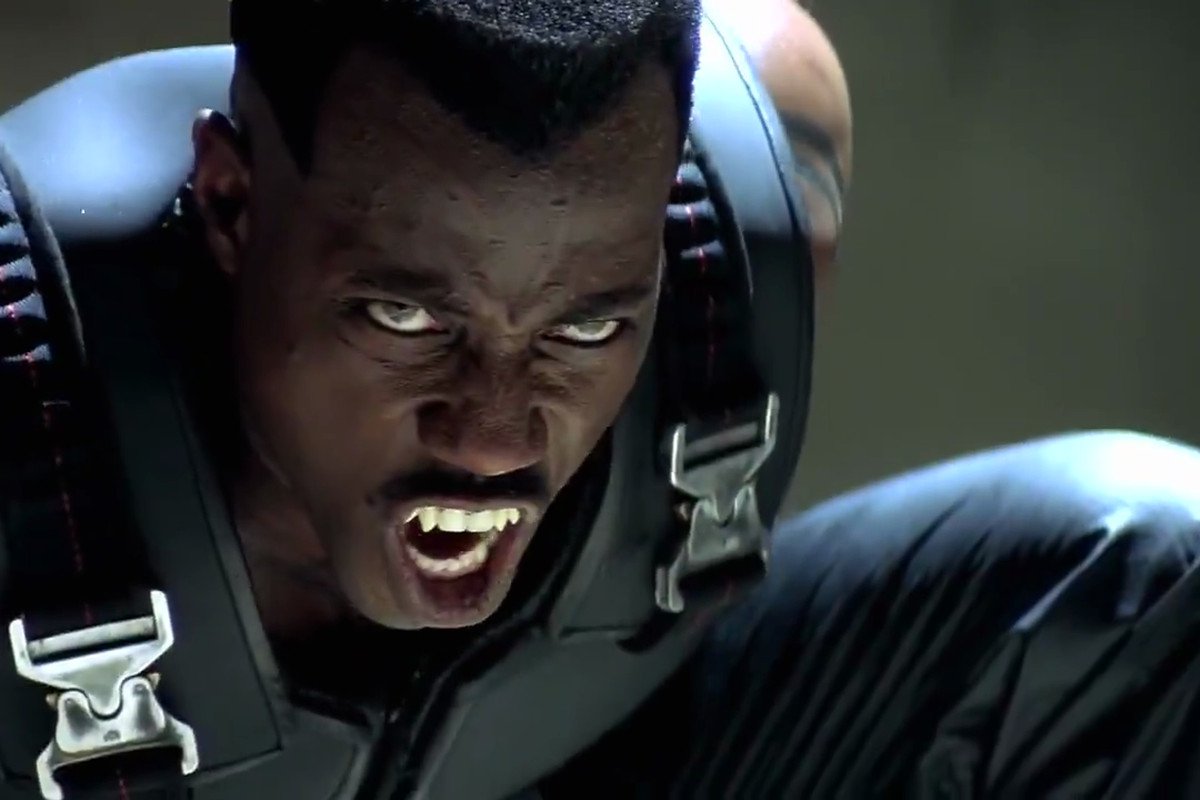
Then in 2003, Marvel decided to publish movies under their own banner – a decision which would either make or break the company. And we all know how that came along.
A major breakthrough came in 2005 when Marvel managed to make a deal with the firm Merill Lynch. They gave Marvel access to a huge reservoir of cash – $525 million over seven years, which it could use to spend on 10 movies with budgets ranging from $45 million to $180 million.
But, to get that $525 million, Marvel had to put something up as collateral – almost everything they had.
The deal included 10 properties – Captain America, The Avengers, Nick Fury, Black Panther, Ant-Man, Cloak & Dagger, Doctor Strange, Hawkeye, Power Pack, and Shang-Chi. If Marvel Studios’ plan failed, they would lose the rights to every single one of those properties. The bank would own them and the plans for a Marvel Cinematic Universe would be dead.
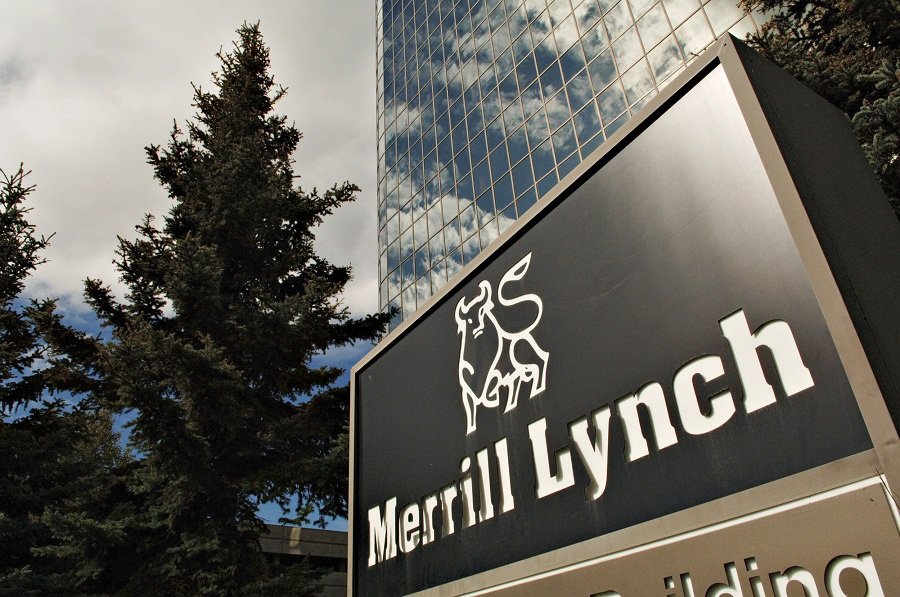
With their newfound clout, Marvel managed to reacquire the rights to characters it had sold over the years, including Iron Man, Black Widow, Thor, and Hulk.
Shortly after the deal, Marvel announced that Iron Man would be its first independent production.
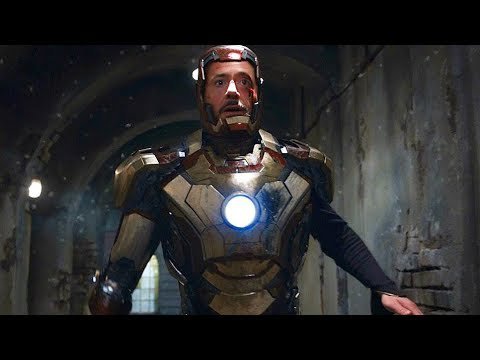
The next turning point came in 2009 when Disney purchased Marvel for a dizzying $4.3 billion.
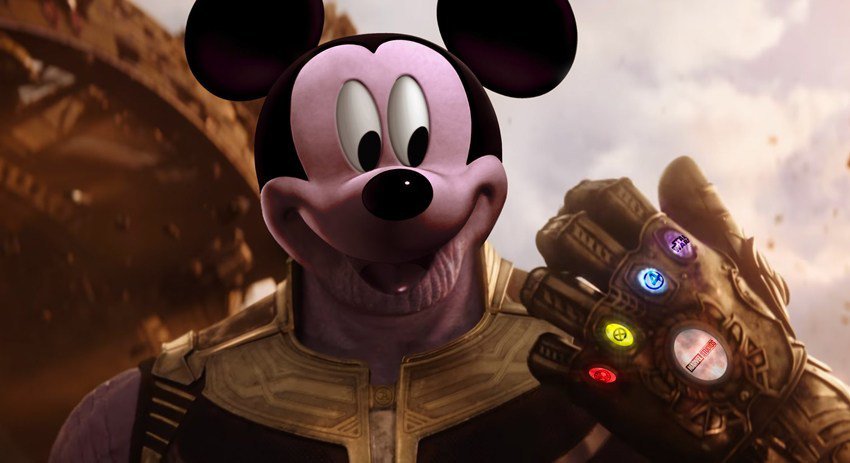
For a company that was in debt less than 20 years ago, Marvel has seen a remarkable change in fortunes. Superhero-like, Marvel survived its darkest hour in 1996, and from the jaws of defeat, pulled a multi-billion dollar victory.

















